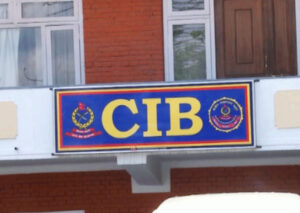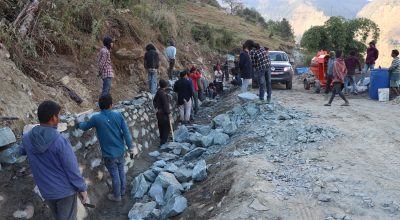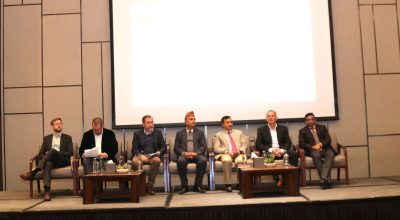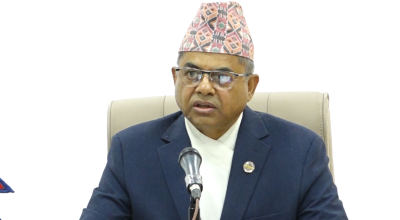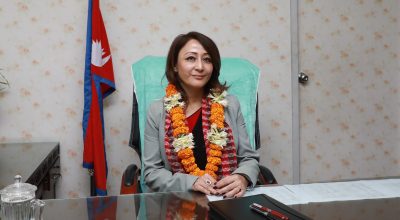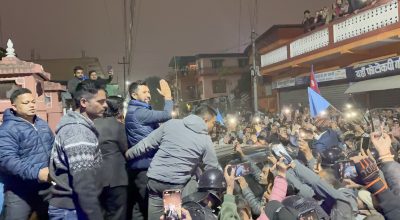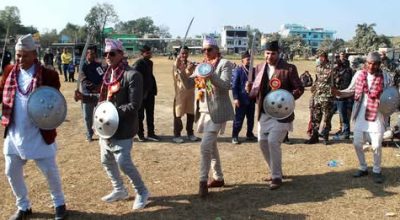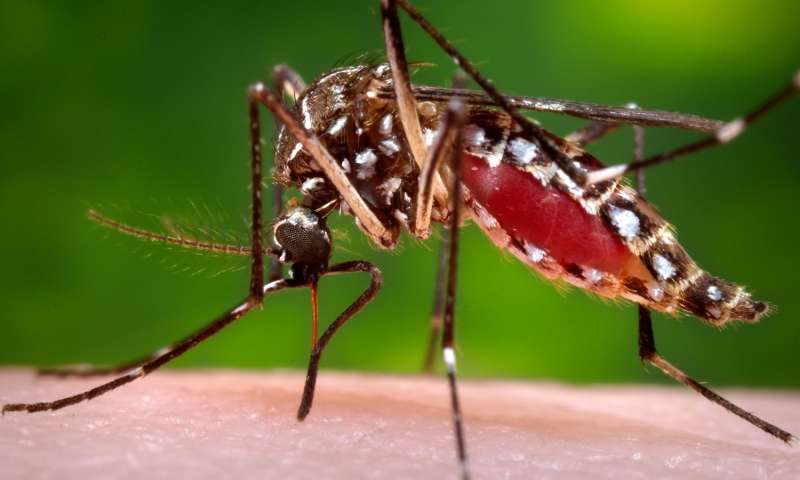
Kathmandu, Sept 10: As many as 1,350 people among the visitors to Teku-based Shukraraj Tropical & Infectious Disease Hospital (STIDH) in the last nine days have been confirmed positive for dengue.
According to the hospital sources, almost half of total 2,500 people who visited the hospital during the period were diagnosed with dengue virus infection.
Number of patients visiting the hospital and central public health laboratory for dengue test is on the sharp rise of late.
Dr Anup Bastola, infectious disease specialist of the hospital, shared the flow of patients to the hospital is invariably increasing which has also created pressure to the health workers to undertake required laboratory tests of the visitors.
On Monday alone, total 448 visitors had got their health examined in the hospital. Of them, 311 were found positive for dengue disease.
The inflow of patents has unexpectedly increased to the hospital after the Ministry of Health and Population directed the hospital to not impose any charge for dengue tests.
Lately the dengue disease is wide spreading all over the country including the capital city Kathmandu. With the rise in the flow of patients, the hospital is facing space deficit to receive patients for dengue treatment.
There are only 24 beds in the Shukraraj hospital for dengue treatment. However, the hospital has set up dengue health desks on its own premises in view of the increment of dengue patients, informed Dr Basudev Pandey, director of the hospital. “Besides, the hospital has also brought into operation a separate fever clinic since Monday. A separate room has been arranged to keep the fever patients and carry out treatment”, he added.
Of late the dengue has spread in 48 districts across the country. According to the ministry sources, three people have already died due to dengue virus infection in an untimely manner.
Dengue is an infectious disease transferred through bites of female aedes mosquito. In the past five months, as many as 6,000 people have become the prey of the disease in Nepal.
The mosquito of the species generally bites during day time. Dengue is more visible since the upset of the monsoon, said doctors.
Fever, headache, eye pain, itching, nausea, muscular and joint pan, stomach and intestine disorder among others are the symptoms of the disease, informed Dr Bastola.
Protecting oneself from the mosquito bite is the surest precaution to keep dengue at the bay, doctors said.





